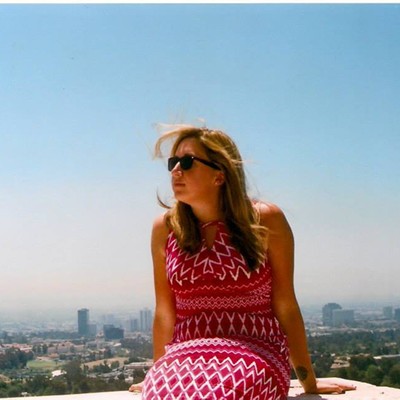The deadline for all public comment on the signage plans is January 9, which means area resident Rafael Espinoza and his fellow opponents are working to strengthen their arguments to convince city officials that the burden placed on the area is too large to sustain. ("If they're at all smart, they'll side with us," Espinoza says.) The plan that the stadium district has asked the city to approve includes new Sports Authority signs on the north, east and west sides of the venue -- a result of the $150 million detail to replace Invesco as the stadium's sponsor.
Because the lighting that comes with the signs is a legal non-issue, protesters are focusing their attentions on the signage itself by arguing that its corporate branding interferes with the area's aesthetic and is so large it will disrupt city skylines.
Espinoza, who is an architect, spent the entirety of his holiday break working with other protesters on new and stronger strategies to squash the signs. One of his tactics is plain comparison, evidenced in the sketch (above) likening the proposed Sports Authority signs to the corporate branding at the IKEA store. At 572 square feet, the IKEA sign can be seen while sitting fourteen miles away at the stadium, he says. From there, he worries about the visible effects of Sports Authority signs that are each 4,782 square feet."That's alarming, to be honest," he says.
Espinoza's home is 1,389 feet from the stadium, and he has lived in the area since 1999. Because taxpayer funding contributed mightily to the stadium's construction, he argues that it should be treated as public property. ("We only own 75 percent of it, but that percent we own is just like the Capitol or the City and County Building," he says.) From there, the plan's opposition insists that the larger signage goes against all expectations from taxpayers who voted to apply the funding to the Broncos field in 1998. They take their queue from the most recent exterior sign plan for the stadium, signed in September 2000, and they hope to maintain it.
"They're asking to go above and beyond what was already in their original contract, and there's absolutely no reason for anybody to acquiesce to that request," Espinoza says. "I don't blame them for wanting to try this, but I can't let them do this on the taxpayers' back. This kind of gaudy branding wouldn't have flown in this town back then, and it shouldn't now."
Westword has a phone call out to Andy Gorchov, director of Stadium Operations, for comment and will update this post with any response. Between now and January 9, Espinoza and others against the signs have targeted their complaints toward details of its effects featured on the group's website at stopsportsauthoritysigns.com.
More from our Business archive: "Sports Authority Field at Mile High tax ends, stadium finally paid off."











